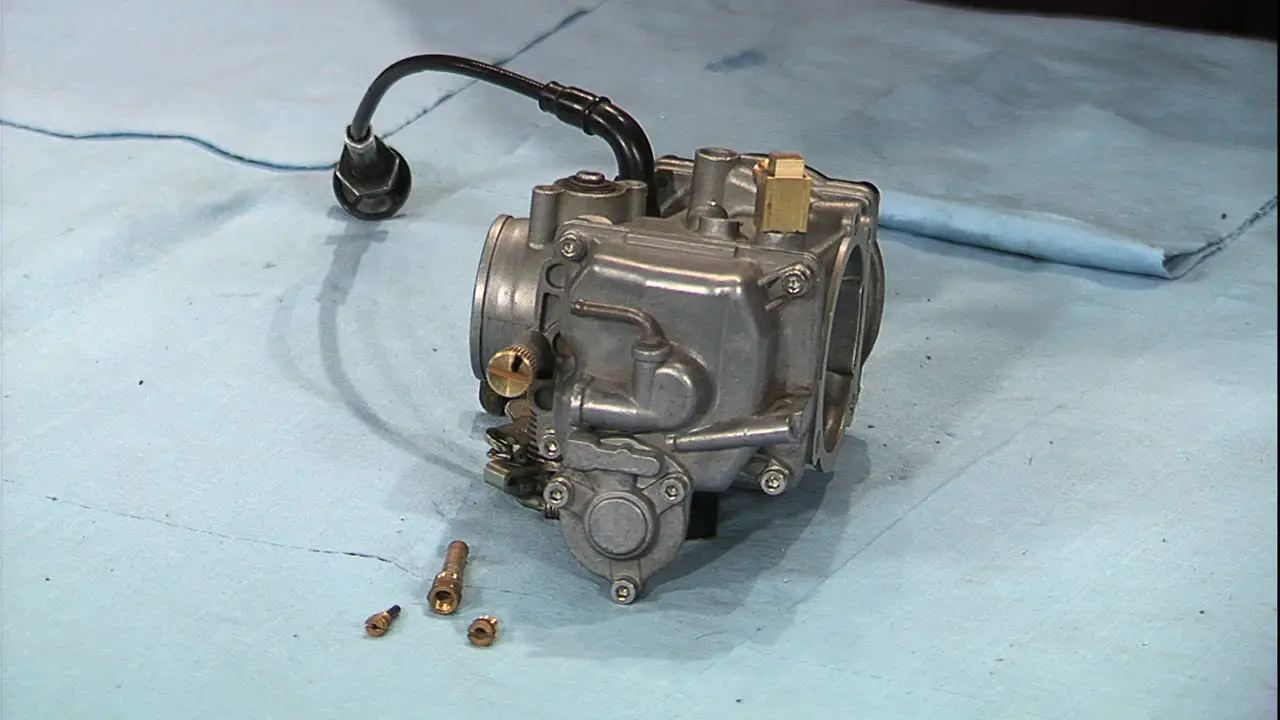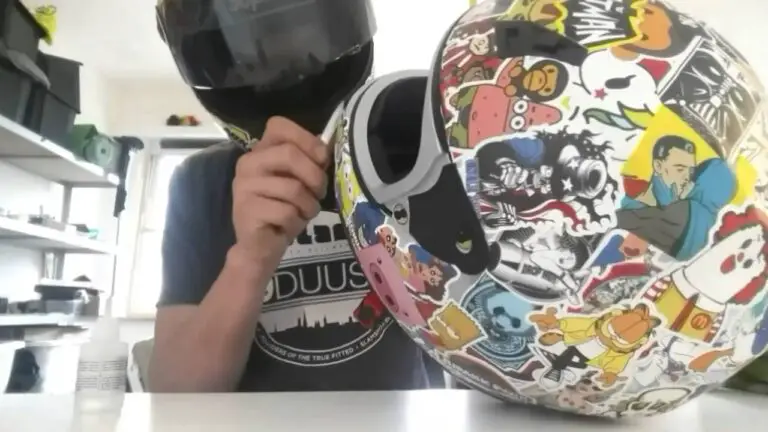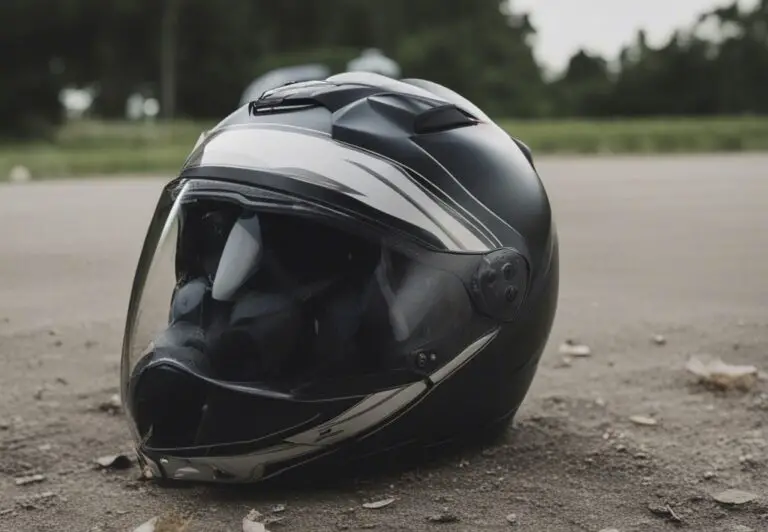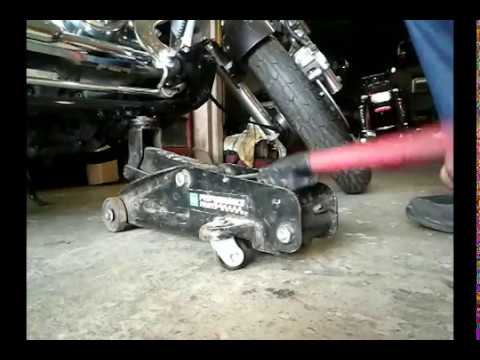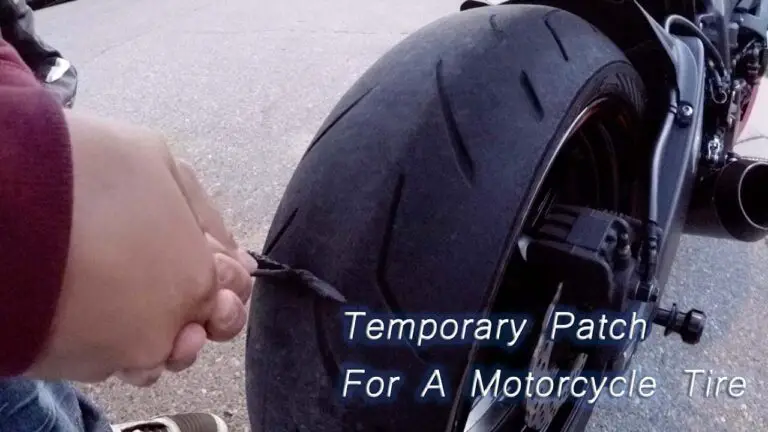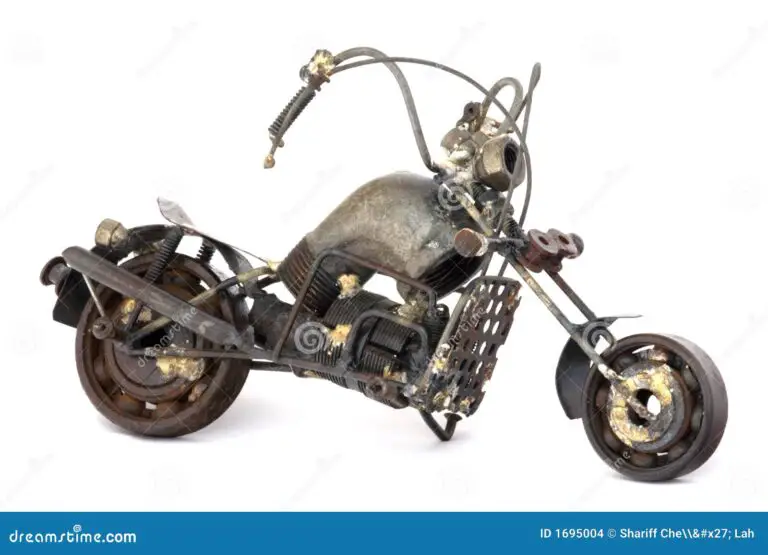Harley Davidson CV Carburetor Troubleshooting 2025
When troubleshooting a Harley Davidson CV carburetor, it is important to address issues such as tuning, rebuilding, and potential problems like cracking or backfiring to ensure optimal performance. In videos and forums, riders suggest adjusting emulsion tubes and velocity needles, checking for vacuum leaks, and cleaning or modifying the carburetor.
Common symptoms of carburetor problems include hesitation, lean popping, rough idle, and engine shaking. CV carbs work by utilizing a butterfly valve and vacuum pressure to control the flow of fuel and air. Rebuilding kits, replacement parts, and tuning instructions are available for those looking to maintain or modify their carburetor for peak performance.
Common Issues With Harley Davidson Cv Carburetors
Common issues with Harley Davidson CV carburetors include hesitation, lean condition, vacuum leaks, clogged passages, and rough idle. Troubleshooting and tuning the carburetor, as well as cleaning and rebuilding, are necessary to address these problems for optimal performance. Rebuilding kits and modifications are available to help improve the performance of the carburetor.
| Common Issues with Harley Davidson CV Carburetors |
| Lean Condition and Hesitation |
| Harley Davidson CV carburetors can experience a range of issues, including lean conditions and hesitation. A lean condition is usually caused by a vacuum leak from the carburetor nipple to the petcock or VOES. This can result in the carburetor slide not lifting properly. To fix this issue, check for any leaks and ensure that the vacuum port is closed. Hesitation or lean popping can be caused by clogged passages within the carburetor. These passages connect the mixture screw, pilot jet, and air intake jet. Dirt or old fuel can clog these passages, leading to hesitation or lean popping. Regular cleaning and maintenance can help prevent this issue. If the problem persists, a carburetor rebuild may be necessary. For Harley CV carburetor troubleshooting and tuning, there are various resources available online, including videos and forums, which can provide detailed instructions and tips. Remember, proper maintenance and regular inspection are key to keeping your Harley Davidson CV carburetor in optimal condition. |
Symptoms Of Carburetor Problems
If you’re experiencing issues with your Harley Davidson CV carburetor, such as hesitation or lean popping, it could be a symptom of a lean condition caused by dirt or lacquer clogging the carburetor’s passages. Regular cleaning, adjustment, and tuning can help resolve these problems.
Symptoms of Carburetor Problems:
|
| If your engine is shaking, sputtering, or otherwise acting up when your vehicle is at a stop, you may have a rough idle caused by a carburetor problem. This can also be caused by an overly lean fuel mixture. It’s important to bring your vehicle to a repair shop to have the carburetor looked at if you experience these symptoms. Additionally, spotting signs of a carburetor problem is crucial for troubleshooting. Inside the CV carburetor, there are tiny passages that can become clogged with dirt or old fuel. This can cause hesitation or lean popping. If you notice any of these symptoms or suspect a carburetor problem, it’s recommended to seek professional help or refer to resources that offer guidance on Harley CV carburetor tuning and troubleshooting. |
How To Diagnose And Troubleshoot Cv Carburetor Issues
Diagnosing and troubleshooting CV carburetor issues on a Harley Davidson can be done by checking for lean conditions, cleaning and modifying the carburetor, adjusting the float, and ensuring there are no vacuum leaks. Rebuilding the carburetor and replacing any worn parts may also be necessary.
| Harley Davidson CV Carburetor Troubleshooting How to Diagnose and Troubleshoot CV Carburetor Issues Identifying Lean Conditions and Hesitation When it comes to troubleshooting CV carburetor issues on your Harley Davidson, one common problem is lean conditions and hesitation. These issues are often caused by clogged carburetor passages or vacuum leaks. To identify lean conditions and hesitation, it is important to check for vacuum leaks and clean the carburetor passages. Vacuum leaks can be checked by inspecting the carburetor nipple and petcock/voes connection. Any open vacuum ports may cause the carb slide to not lift properly. Cleaning the carburetor passages is essential to remove dirt or lacquer buildup that can clog the tiny passages, leading to hesitation or lean popping. It is recommended to clean the passages thoroughly to ensure proper fuel flow. Overall, troubleshooting CV carburetor issues requires thorough inspection, cleaning, and potential modifications to improve performance. If you experience backfires or running rich, further tuning or modifications may be necessary. |
Rebuilding And Tuning The Harley Davidson Cv Carburetor
When it comes to the Harley Davidson CV carburetor, rebuilding and tuning are essential for optimal performance. One of the key steps in this process is carburetor cleaning and modifications. Keeping the carburetor clean from dirt and old fuel buildup is crucial, as it can cause hesitation or lean popping. By cleaning the tiny passages in the carburetor, such as the mixture screw, pilot jet, and air intake jet, you can eliminate these issues. Another important aspect of rebuilding and tuning the CV carburetor is float adjustment. The float regulates the fuel level within the carburetor bowl, and if not set correctly, it can cause running issues. By adjusting the float to the manufacturer’s specifications, you can ensure optimal fuel delivery and prevent problems such as rough idle or running rich. If you encounter tuning issues or troubleshooting problems with the CV carburetor, it’s important to diagnose the root cause. Vacuum leaks, clogged emulsion tubes, and cracked carburetors are common culprits that can lead to stumbles under throttle or poor performance. Identifying and fixing these issues will result in a well-tuned carburetor. In conclusion, rebuilding and tuning the Harley Davidson CV carburetor requires thorough cleaning, modifications, and float adjustment. By addressing these aspects and troubleshooting any issues that arise, you can ensure optimal performance from your carburetor. |
Signs Your Carburetor Needs Rebuilding
Is your Harley Davidson CV carburetor giving you trouble? Look out for signs like hesitation, lean condition, vacuum leaks, and rough idle. Find solutions to these issues through troubleshooting and rebuilding the carburetor for optimal performance.
| Another sign that your carburetor may need rebuilding is difficulty starting the engine. If you are having trouble starting your vehicle, it could be due to issues with the carburetor, such as clogged passages or a malfunctioning float. A professional inspection and rebuilding of the carburetor may be necessary to solve this problem and ensure a smooth engine starting. |
| Rough Idle and Inconsistent Performance |
| One of the signs that your carburetor may need rebuilding is experiencing rough idle and inconsistent performance. If your engine is shaking, sputtering, or otherwise acting up when your vehicle is at a stop, it could be an indication that your carburetor is not functioning properly. This problem can also be caused by an overly lean fuel mixture, which can lead to hesitation and lean popping. It is important to address these issues as they can affect the overall performance and efficiency of your vehicle. |
| Difficulty Starting the Engine |
| Another sign that your carburetor may need rebuilding is difficulty starting the engine. If you are having trouble starting your vehicle, it could be due to issues with the carburetor, such as clogged passages or a malfunctioning float. A professional inspection and rebuilding of the carburetor may be necessary to solve this problem and ensure smooth engine starting. |
| Overly Lean Fuel Mixture |
| An overly lean fuel mixture is a common problem with carburetors that may require rebuilding. This can cause issues such as poor acceleration, backfiring, and overheating. Rebuilding the carburetor can help address this issue by ensuring the correct fuel-to-air ratio for optimal engine performance. |
Understanding How The Harley CV Carburetor Works
CV carbs do not have a physical connection between the slide and the handlebar-mounted throttle. Instead, the throttle opens a butterfly-style valve in the throat of the carburetor, and vacuum pressure will lift the slide as much as needed.
In the Harley CV carburetor, the throttle controls the operation of a butterfly valve. When the throttle is opened, the valve opens, allowing air and fuel to enter the engine. This valve operates based on the vacuum pressure created by the engine’s intake stroke.
The CV carburetor consists of several important components that work together to deliver the right air and fuel mixture to the engine. These components include the slide, needle, emulsion tube, pilot jet, and air intake jet. They work in conjunction to regulate the flow of air and fuel and ensure smooth engine performance.
Recommended Tools And Maintenance Tips For CV Carburetors
Recommended Tools and Maintenance Tips for CV Carburetors
- Regularly clean and inspect the CV carburetor to ensure optimal performance.
- Remove the carburetor from the motorcycle.
- Disassemble the carburetor carefully, taking note of the position of each component.
- Clean all parts with carburetor cleaner and a soft brush.
- Inspect the jets, float, and diaphragm for any signs of damage or wear.
- Replace any worn or damaged parts with genuine OEM parts.
- Reassemble the carburetor, following the manufacturer’s instructions.
- Install the carburetor back onto the motorcycle.
- Use a high-quality fuel filter to prevent debris from entering the carburetor.
- Keep the air filter clean and replace it regularly.
- Use fuel additives or stabilizers to prevent fuel deterioration.
- Regularly check and adjust the carburetor’s idle and mixture settings.
- Inspect the fuel lines for any leaks or cracks.
- Avoid using ethanol-blended fuels if possible.
- If your CV carburetor stumbles under the throttle, it may be due to clogged passages caused by dirt or old fuel.
- If your engine is shaking or sputtering at a stop, it could indicate a failing carburetor.
- If you experience backfiring, it may be a sign of a rich fuel mixture.
- If you notice a rough idle, it could be an indication that your carburetor needs to be rebuilt.
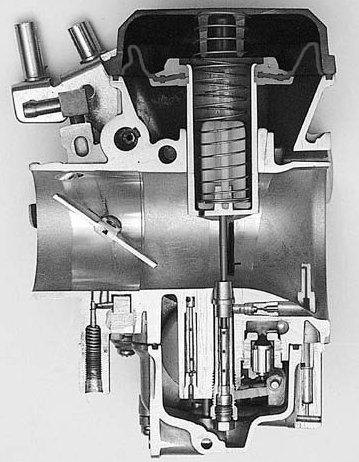
Credit: www.dudeworld.com.au
FAQs Of Harley Davidson Cv Carburetor Troubleshooting
What Causes CV Carb On Harley To Stumbles Under Throttle?
The stumbling under throttle in a Harley CV carburetor is usually caused by a lean condition. It can be a result of clogged passages due to dirt or old fuel, causing hesitation or lean popping. Tuning the carburetor or performing a rebuild may help resolve the issue.
Be sure to check for vacuum leaks as well.
How Do You Diagnose Carburetor Problems?
To diagnose carburetor problems, check for signs like hesitation or lean popping. Also, ensure there are no vacuum leaks. Clean the carburetor and pay attention to the passages, as clogs can cause issues. If your engine shakes or sputters, it may indicate a failing carburetor.
Consider bringing it to a repair shop for diagnosis. A Harley CV carb works by opening a butterfly valve with the throttle, which then lifts the slide through vacuum pressure.
How Do You Tell If Your Carb Needs Rebuilt?
To determine if your carburetor needs to be rebuilt, watch for signs such as rough idle, engine sputtering, or shaking when at a stop. These issues could indicate a failing carburetor or an overly lean fuel mixture. If you notice these symptoms, it’s best to take your vehicle to a repair shop for further inspection.
How Does A Harley Cv Carb Work?
The Harley CV carburetor works by using vacuum pressure to lift the slide inside the carburetor when the throttle is opened. Instead of a physical connection, the throttle controls a butterfly valve in the carburetor. This style of carburetor can experience issues such as hesitation or lean popping if the tiny passages inside become clogged with dirt or old fuel.
Regular maintenance and cleaning can help prevent these problems.
Conclusion
In troubleshooting Harley Davidson CV carburetors, it is important to address lean conditions that can lead to issues such as hesitation and popping.
One solution is to replace the emulsion tube and velocity needle to improve performance. Another approach is to rebuild the carburetor, ensuring thorough cleaning and float adjustment.
Vacuum leaks can also cause problems, so checking the carb’s connections is crucial.
Understanding how a CV carb works, with its butterfly-style valve and slide controlled by vacuum pressure, gives insight into its functioning.
By diagnosing and addressing carburetor problems, you can maintain optimal performance for your Harley Davidson.

